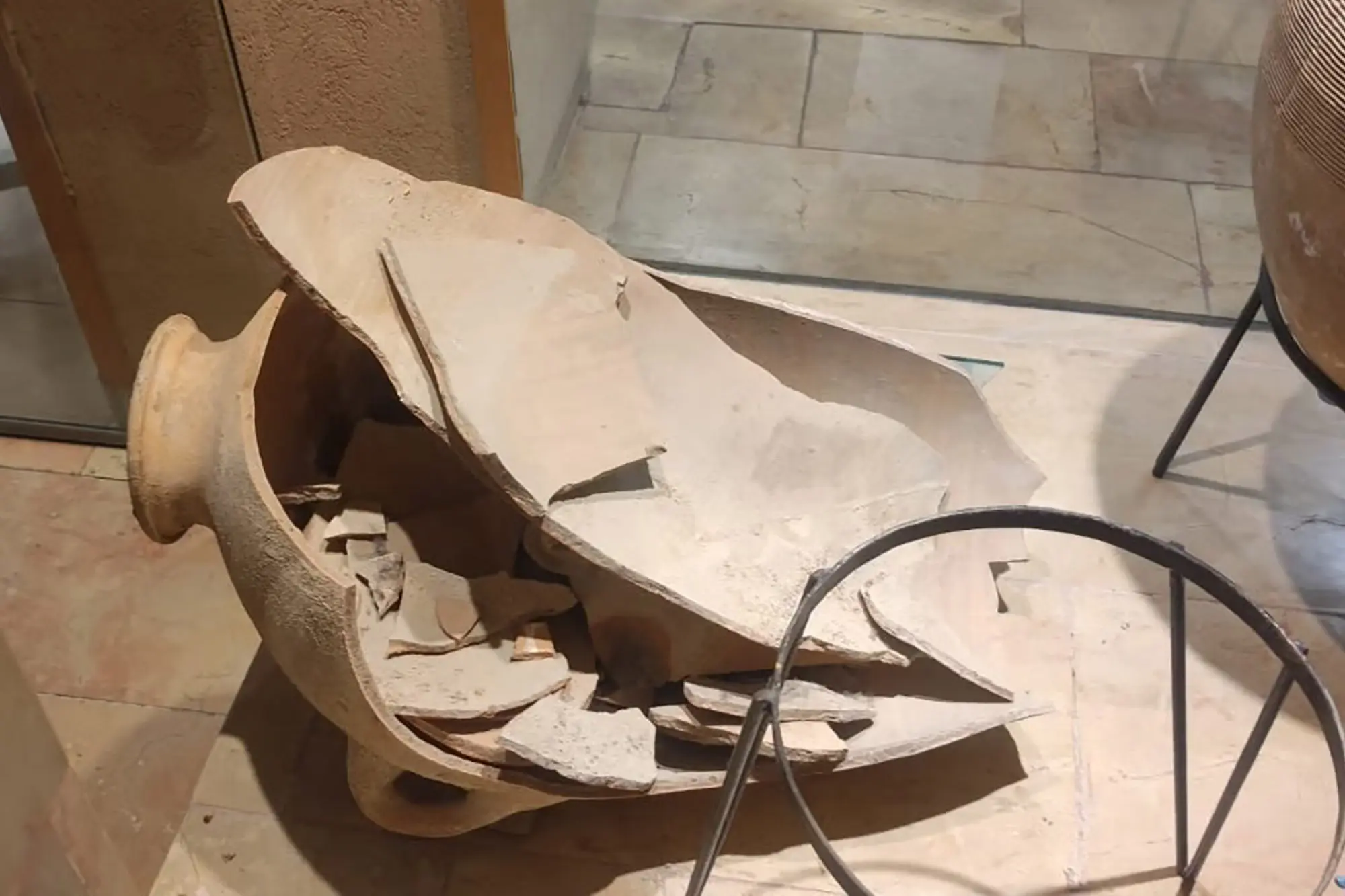4-Year-Old Accidentally Breaks Bronze Age Jar at Israeli Museum

A 4-year-old boy accidentally shattered a Bronze Age jar at the Hecht Museum in Haifa, Israel, drawing attention to the museum’s policy on artifact display. The jar, believed to be between 3,500 and 4,000 years old, was on display without protective glass near the museum’s entrance when the incident occurred.
According to the Hecht Museum, which was founded by Reuben Hecht, displaying artifacts without glass is intended to enhance the public’s experience by allowing closer interaction with historical objects. The museum defended this practice, stating that it aligns with their philosophy of making artifacts accessible to visitors. Despite the mishap, the museum plans to continue this approach.
The child’s father explained that his son, curious about the contents of the jar, inadvertently caused it to fall and break during a visit last Friday. The father was initially shocked and did not immediately realize that his son was responsible for the damage.
The jar, which dates from between 2200 BC and 1500 BC, was used historically for storing liquids such as wine or olive oil. Its intact condition prior to the incident made it a significant find, as many similar artifacts discovered in the past were either broken or incomplete.
Museum head Inbal Rivlin invited the boy and his mother back for a private tour, emphasizing that the museum remains a welcoming place for families. She reassured the public that such incidents are part of the museum’s dynamic environment and that the broken jar will be restored and put back on display. New signage has been introduced to guide visitors on which items are touchable.
The Hecht Museum, located at the University of Haifa and opened in 1984, houses artifacts from various historical periods, including the Chalcolithic era. Restoration experts are now working to repair the jar using photographs and other documentation. The museum sees the restoration process as an educational opportunity to highlight the value of preserving historical artifacts.













